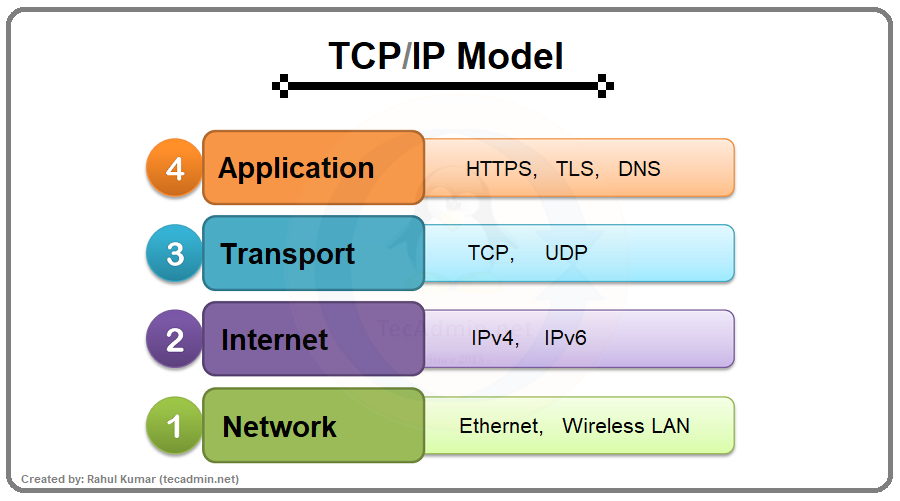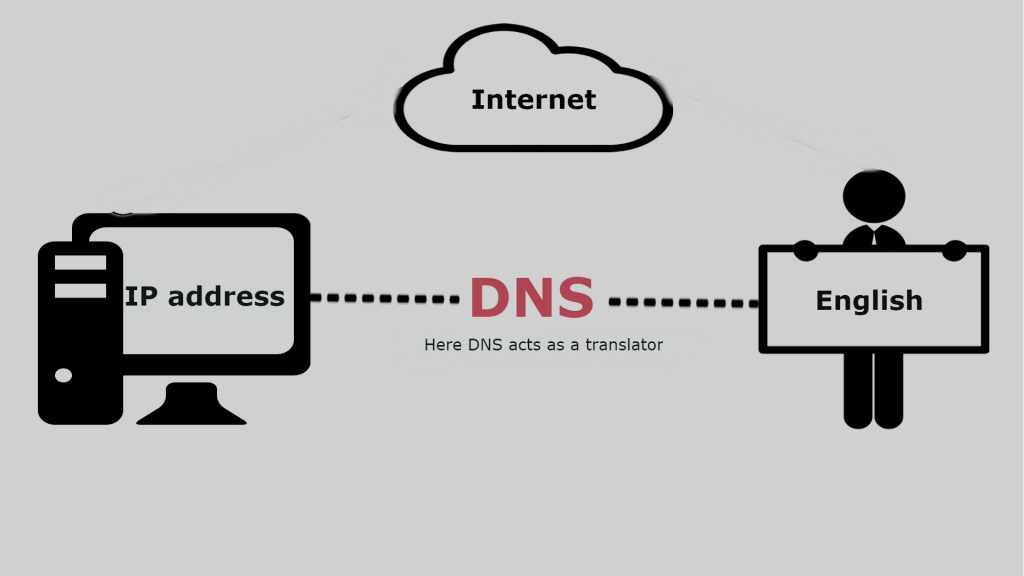Think of these protocols as the internet's rulebook:
- TCP/IP (Transmission Control Protocol/Internet Protocol)
- HTTP (Hypertext Transfer Protocol)
- HTTPS (Hypertext Transfer Protocol Secure)
- DNS (Domain Name System)
- SMTP (Simple Mail Transfer Protocol)

TCP/IP is a stream protocol. This means that a connection is negotiated between a client and a server. Any data transmitted between these two endpoints is guaranteed to arrive, thus it is a so-called lossless protocol. Since the TCP protocol (as it is also referred to in short form) can only connect two endpoints, it is also called a peer-to-peer protocol.

HTTP is the protocol used to transmit all data present on the World Wide Web. This includes text, multimedia and graphics. It is the protocol used to transmit HTML, the language that makes all the fancy decorations in your browser. It works upon TCP/IP.

Hypertext Transfer Protocol Secure (HTTPS) stands as the secure iteration of HTTP, the fundamental protocol employed for transmitting data between web browsers and websites. The defining feature of HTTPS lies in its encryption, a measure taken to bolster the security of data transfers. This heightened security proves especially crucial when users engage in the transmission of sensitive information. Examples of such instances encompass logging into a personal bank account, an email service, or a health insurance provider. In these scenarios, the encryption afforded by HTTPS serves as a safeguard against unauthorized access and interception of sensitive data.

The primary function of a Domain Name System (DNS) is to facilitate the translation between domain names and IP addresses, as well as the reverse process. Domain names, being composed of alphabetic characters, are more human-friendly and easier to remember. However, the underlying infrastructure of the Internet relies on IP addresses, assigning each computer (or host) a distinct and unique numerical address. DNS acts as a vital intermediary, converting user-friendly domain names into the corresponding IP addresses that computers and servers use to locate and communicate with each other. When a user enters a domain name into their browser, the DNS system is responsible for resolving that name into the appropriate IP address, enabling the browser to connect to the desired web server. Conversely, when data is transmitted from a server back to the user's browser, the DNS assists in translating the IP address of the server into the corresponding domain name for a comprehensible presentation to the user. In essence, DNS bridges the gap between the human-readable domain names we use to access websites and the numerical IP addresses that computers and network devices utilize to identify and communicate with one another across the Internet.

Simple Mail Transfer Protocol (SMTP) is a crucial component of the TCP/IP suite and serves as a protocol dedicated to the transmission and reception of emails. SMTP is commonly employed by various email clients, including popular platforms like Gmail, Outlook, Apple Mail, and Yahoo Mail. SMTP's primary role involves enabling the sending and receiving of emails. While it has the capacity for both sending and receiving, SMTP is predominantly utilized by email clients for the task of sending emails. However, due to its limitations in terms of queuing messages on the receiving end, SMTP is typically employed in conjunction with either the Post Office Protocol 3 (POP3) or the Internet Message Access Protocol (IMAP). These complementary protocols enable users to store messages within a server mailbox and subsequently retrieve them from the server on a periodic basis. SMTP's primary domain of operation remains in the transmission of messages from a sender to a recipient. It forms the backbone of email communication, ensuring that emails are routed and delivered accurately to their intended destinations.